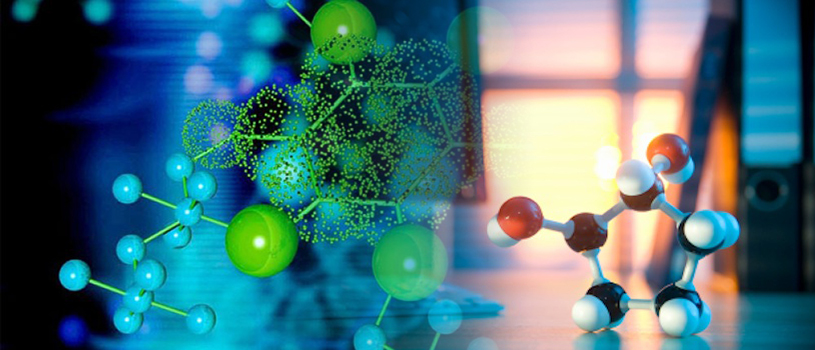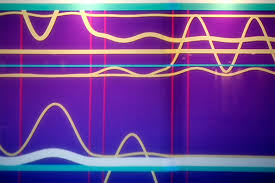
The most efficient colloidal quantum dot (CQD) solar cell ever has been created by researchers from the University of Toronto (U of T), King Abdullah

Researchers led by the Buck Institute for Research on Aging and the Georgia Institute of Technology have shown they can reverse the aging process for human


To soar far away from Earth and even beyond the moon, NASA has dreamed up the world

(PhysOrg.com) -- Used in Hollywood and the advertising industry to create exotic special effects, ferrofluids are seemingly magical materials that are both liquid and magnetic at once. In a study published today in Physical Review B, Yale electrical engineering professor Hur Koser and colleagues from the University of Georgia and Massachusetts Institute of Technology demonstrate for the first time an approach that allows ferrofluids to be pumped by magnetic fields alone. The invention could lead to new applications for this mysterious material.

(PhysOrg.com) -- Scientists at the University of Glasgow say they have taken their first tentative steps towards creating

The last missing piece of scientists’ fundamental model of particle physics is running out of places to hide.

The next time your great idea at work elicits silence or eye rolls, you might just pity those co-workers. Fresh research indicates they don

Scientists worked with 10-year-old children whose mothers exhibited symptoms of depression throughout their lives and discovered that the children

For the first time, all species of scombrids (tunas, bonitos, mackerels and Spanish mackerels) and billfishes (swordfish and marlins) have been assessed for the IUCN Red List of Threatened Species. Of the 61 known species, seven are classified in a threatened category, being at serious risk of extinction. Four species are listed as Near Threatened and nearly two-thirds have been placed in the Least Concern category.

Alaskan forests used to be important players in Mother Nature

The explosion and fire on a BP-licensed oil platform in the Gulf of Mexico in April 2010 had huge environmental and economic effects, with millions of gallons of oil leaking into the water for more than five months. It also had significant psychological impact on people living in coastal communities, even in those areas that did not have direct oil exposure, according to researchers.

The ozone layer -- the thin atmospheric band high-up in the stratosphere that protects living things on Earth from the sun

Amazon | “The revolution will be Twittered!” declared journalist Andrew Sullivan after protests erupted in Iran in June 2009. Yet for all the talk about